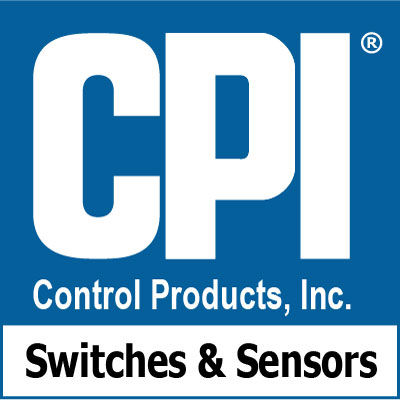
Engineering Marvel – The CPI SL6000 30 Meter Hardened Linear Position Sensor
Since the introduction of our SL series hardened draw-wire Linear Position Sensors almost 20 years ago, we’ve learned a lot about long stroke hydraulics from our hydraulic cylinder manufactures. Our first sensor product was largely a magnetostrictive sensor replacement, able to form-fit-function replace these sensors in cylinders where longer stroke lengths (1m-3m) exposed the weaknesses of that technology.
But we’ve moved so far beyond that now.
In 2008 we introduced our first Subsea rated linear position sensors, capable of operation in open seawater at depths up to 1 mile below the surface. And over the years, we’ve had requests for longer and longer stroke lengths, all while maintaining our robust survivability characteristics.
It was only a matter of time before our technology broke the 100 foot barrier. But the advancement here may be more significant than just this stroke length milestone: that’s because it maintains high accuracy and robust operating characteristics while doing it. The SL6000 is the same ATEX/IECEX safety rated, subsea capable, non-contacting, high endurance draw-wire sensor that it always has been.
How to make the Worlds most Robust 30 meter Linear Position Sensor
It certainly helps if you are already making the world’s most robust 16m sensor, the SL5000. Despite the marked difference in the appearance of the SL6000, this sensor design was much more an evolution of our field-proven sub-sea sensor than it might seem.
To be able to get a draw-wire sensor to reach 100 meters reliably, you’ll need to solve the usual issues related to cable sag and retraction force. We use the same basic approach as is used in our SL2000-SL5000 series with a couple of enhancements.

The 100 foot (30 meter) sensing range is achieved using the same patented linear-rotary-linear motion converter as is used in all our sensors. This mechanism is constructed from non-binding metal alloy’s and used as a reduction drive, coupled to multiple power springs. The SL6000 uses 4 separate springs to maintain spool tension. While only 3 are needed, the fourth provides a significant design margin without increasing the sensor footprint. The addition of the chain drive presents an efficient and reliable coupling method which is also designed to perfectly handle the reduction ratio. The added size of the sensor presents no problems for inside-the-cylinder mounting of the kinds of large bore and telescoping sensors that the SL6000 is designed for.
Actual linear stroke measurement is achieved by coupling a short-stroke magnetostrictive sensor to the output of our linear-to-rotary-to-linear reduction drive. Using a magnetostrictive sensor in this way, we leverage the significant advantages of each technology, with none of the drawbacks. Since only a short magnetostrictive probe (rod) is required, we eliminate concerns related to rod sagging due to shock and vibration, rod deflection, and end of stroke dead zones while dramatically extending linear sensing capability. We leverage the safety approvals of the sensor technology and the entire technology solution is non-contacting.
The result is a robust and highly accurate draw wire based sensor which provides sufficient return force and smooth operation through the full cable extension without approaching the stress thresholds of any components.
Sub-Sea Draw Wire Operation, in Open Seawater, Really?
Like all our SL series sensors, the SL6000 doesn’t have to be protected inside a hydraulic cylinder or accumulator. Because the basic sensor mechanism has no pressure vessels and uses special corrosion resistant alloys, it can be deployed in open seawater without adverse pressure effects or binding.
Versions of our sensors have been deployed in huge hydraulic accumulators almost a mile below the gulf and riser-tensioning systems on oil rigs. In other harsh-duty deployments in wet areas, our sensor can be used in applications that have nothing to do with hydraulics at all, like those found in large surface cranes, dam and gate controls, and elevator systems.
The CPI SL-6000 is a Unique Problem Solver in the World
We’re understandably proud of this latest technological accomplishment by our engineering team. When there are no other solutions to your long stroke position measurement challenges or any other harsh duty linear position sensing application, the SL6000 can be customized for your application.
Call CPI today for more information on the world’s most unique line of draw-wire Linear Position Sensors.





